Affiliate links on Android Authority may earn us a commission. Learn more.
Upgrading from HUAWEI Mate 7 to HUAWEI Mate 8
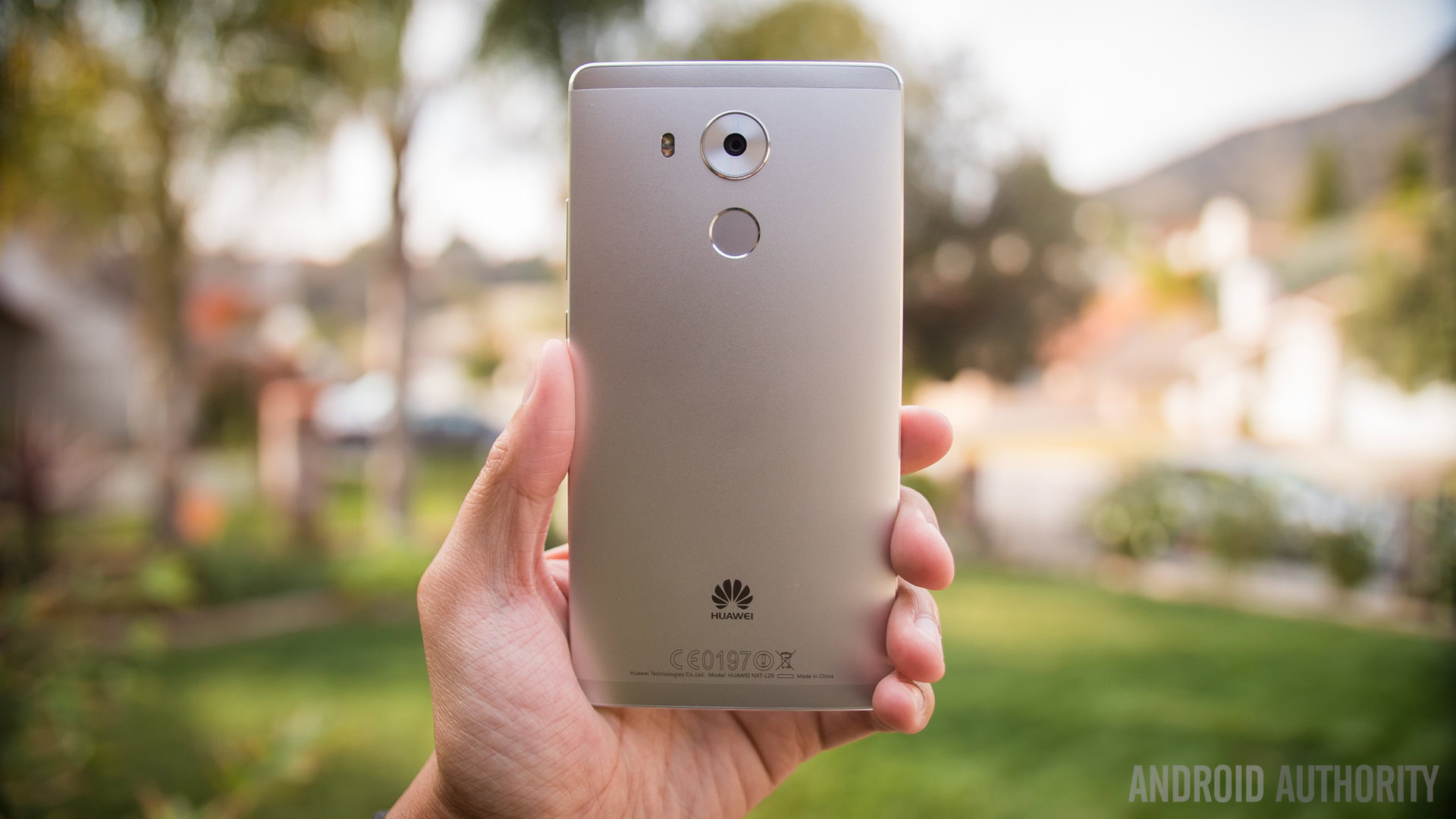
Back in early January I wrote about my experience going from a Nexus 6 over to the Nexus 6P. Shortly after that, I temporarily put away my Nexus 6P in order to explore another new phone I managed to get my hands on, the HUAWEI Mate 8.
Like the Nexus 6P in relation to the Nexus 6, I am very familiar with the HUAWEI Mate 8’s predecessor. In fact, before getting my hands on the Nexus 6, I had used the Mate 7 as my daily driver for nearly half a year. So I wanted to bring you my impressions of what it is like to go from the Mate 7 to the Mate 8, and, in the process, explore what direction HUAWEI is heading in. Spoiler: I like what I’m seeing.
With the HUAWEI Mate 8, the entire smartphone experience has taken a big step forward.
A couple weeks ago I wrote about how I loved HUAWEI’s phones, but wish they’d better optimize their software for the western world. While it’s true that the software experience could use some further refinement, don’t let that fool you, HUAWEI builds great devices and honestly, even the software has come a long way in just a year or so. It’s not just the software either, everything has taken a step forward.
While the Nexus 6P provides a small jump up in performance compared to the Nexus 6, I noted back in January that this improvement wasn’t necessarily that noticeable on a day-to-day basis. With the Mate 8, however, there’s a huge positive difference in performance, which I’ll get into more detail a bit later.
Instead of breaking this down like a formal review, I instead want to point out what I personally feel are the key differences between the Mate 7 and Mate 8, starting with design.
Design
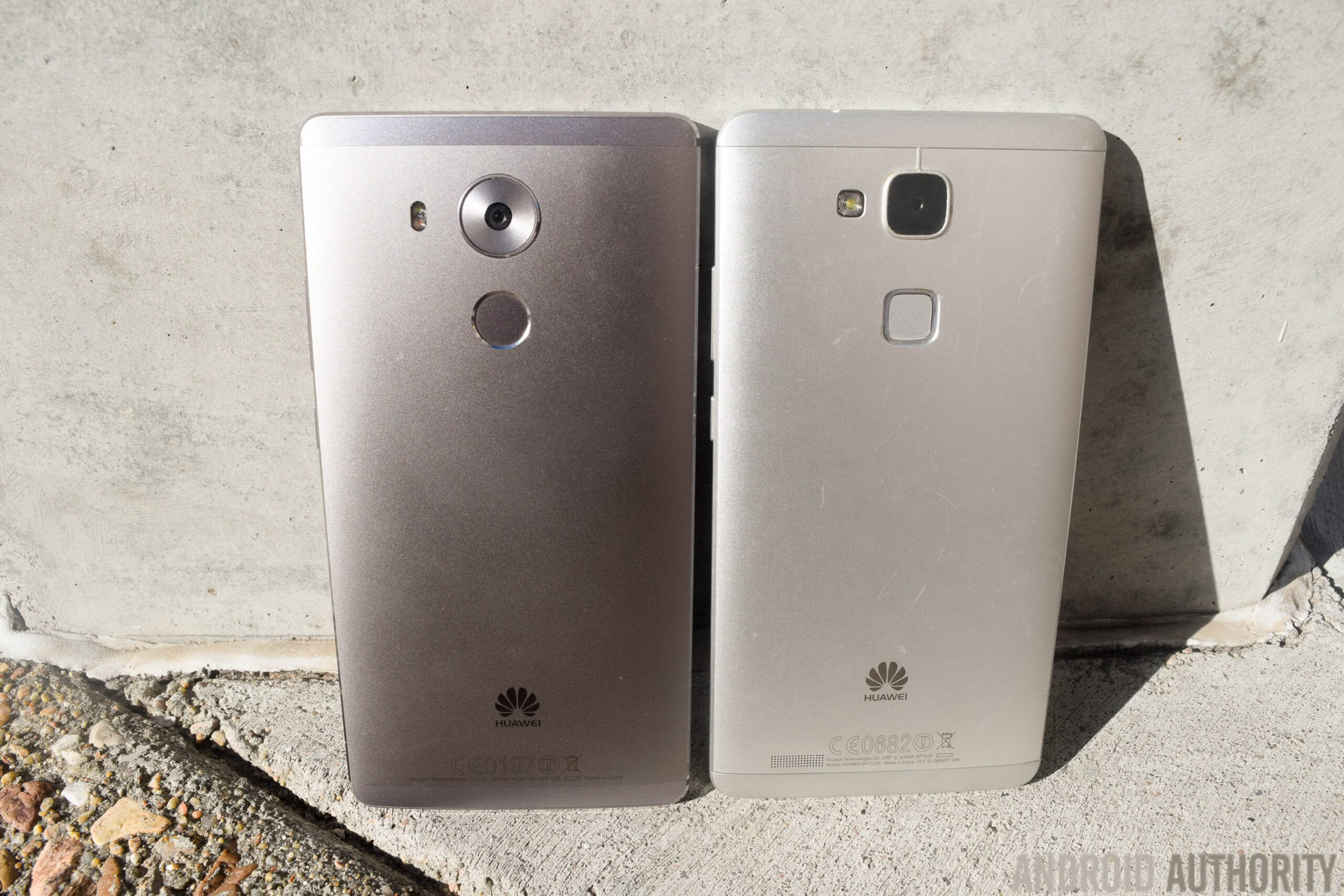
When the Mate 8 was first announced, I remember thinking just how similar I thought the two phones are. Now that I’ve actually had them both in my hands at the same time, I see a lot of similarity yes, but there’s certainly some pretty striking differences.
Sure, both phones have the same weight (185g) and almost the exact same dimensions (Mate 7 – 157 x 81 x 7.9 mm, Mate 8 – 157.1 x 80.6 x 7.9 mm). The overall shape is also essentially the same, and the feel in the hands is pretty close as well. But despite all this sameness, the Mate 8 has a more modernized appeal to its design, including a ever so slight curve to the glass and other stylistic changes.
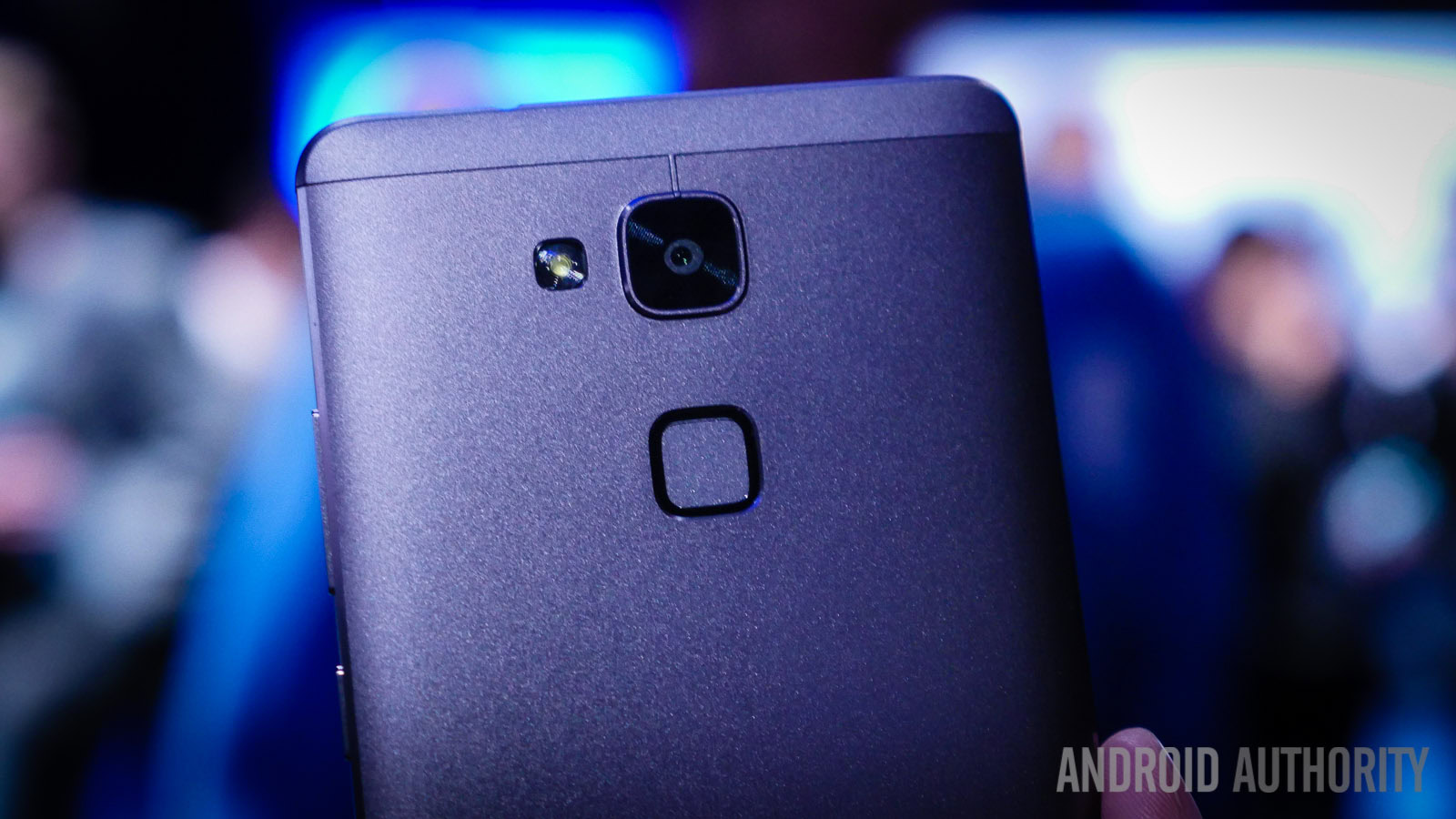
The rounded camera, rounded fingerprint scanner, even the flash, all have a look that just feels like the future. The bulkier design on the Mate 7 is still very nice, but personally I think the phone feels a bit more dated. The Mate 7’s fingerprint scanner also seemed to be a dirt/junk magnet for some reason, a problem I’m not facing with the Mate 8. Another thing to note, the speaker has been moved to the bottom this time, though the sound quality isn’t necessarily better. After spending a good deal of time with both, I can say they are mostly on par with one another, though the Mate 8 might hold a slight edge here.
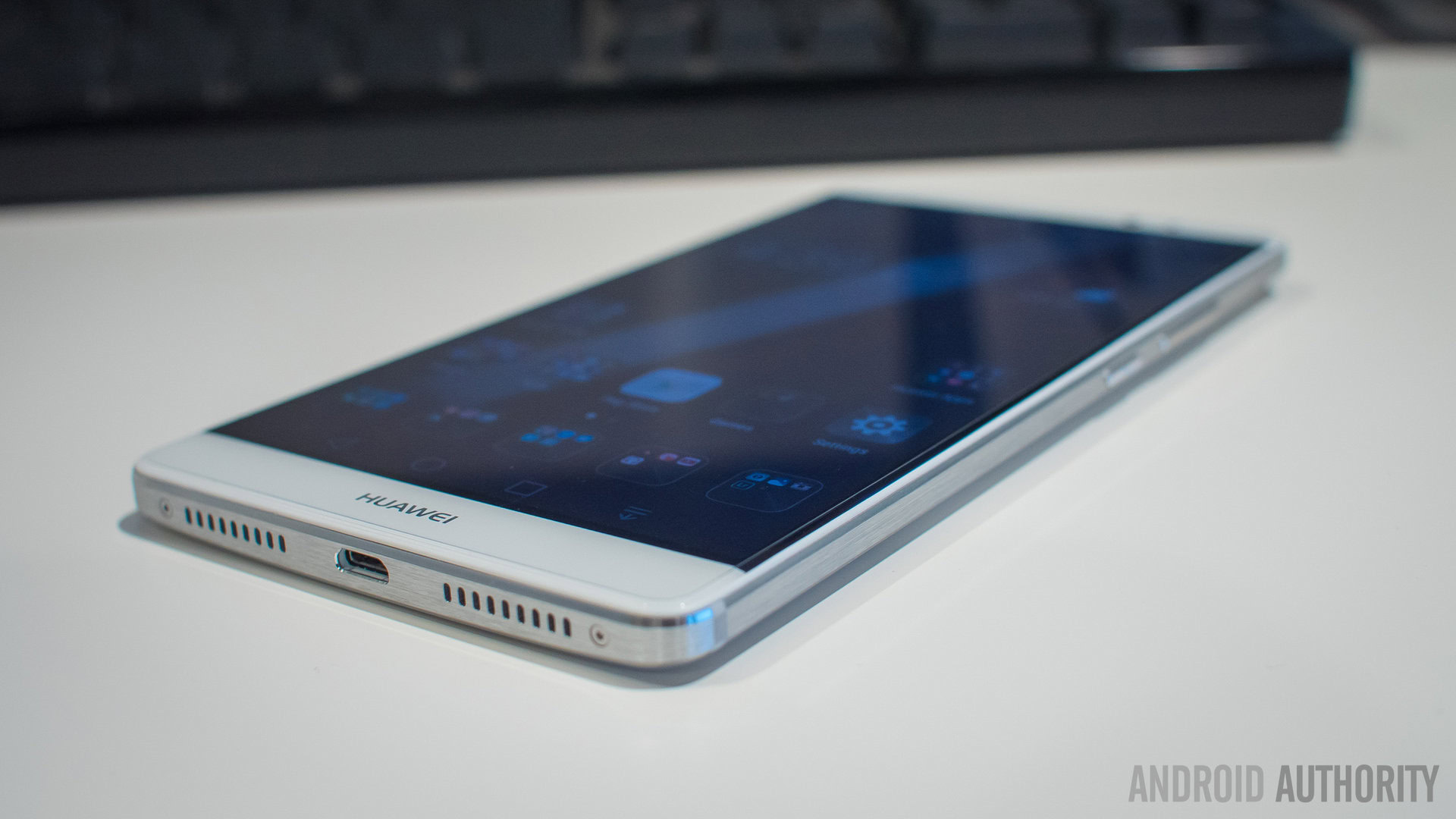
What’s ironic about this is, that before I got my hands on them both, I actually thought the Mate 7 looked better in photos. Sometimes photos just don’t do justice and there’s something to be said for seeing a new device in person. In short, the Mate 7 and Mate 8’s design are similar, but the difference is enough to make it feel like a solid upgrade.
Day to Day Performance
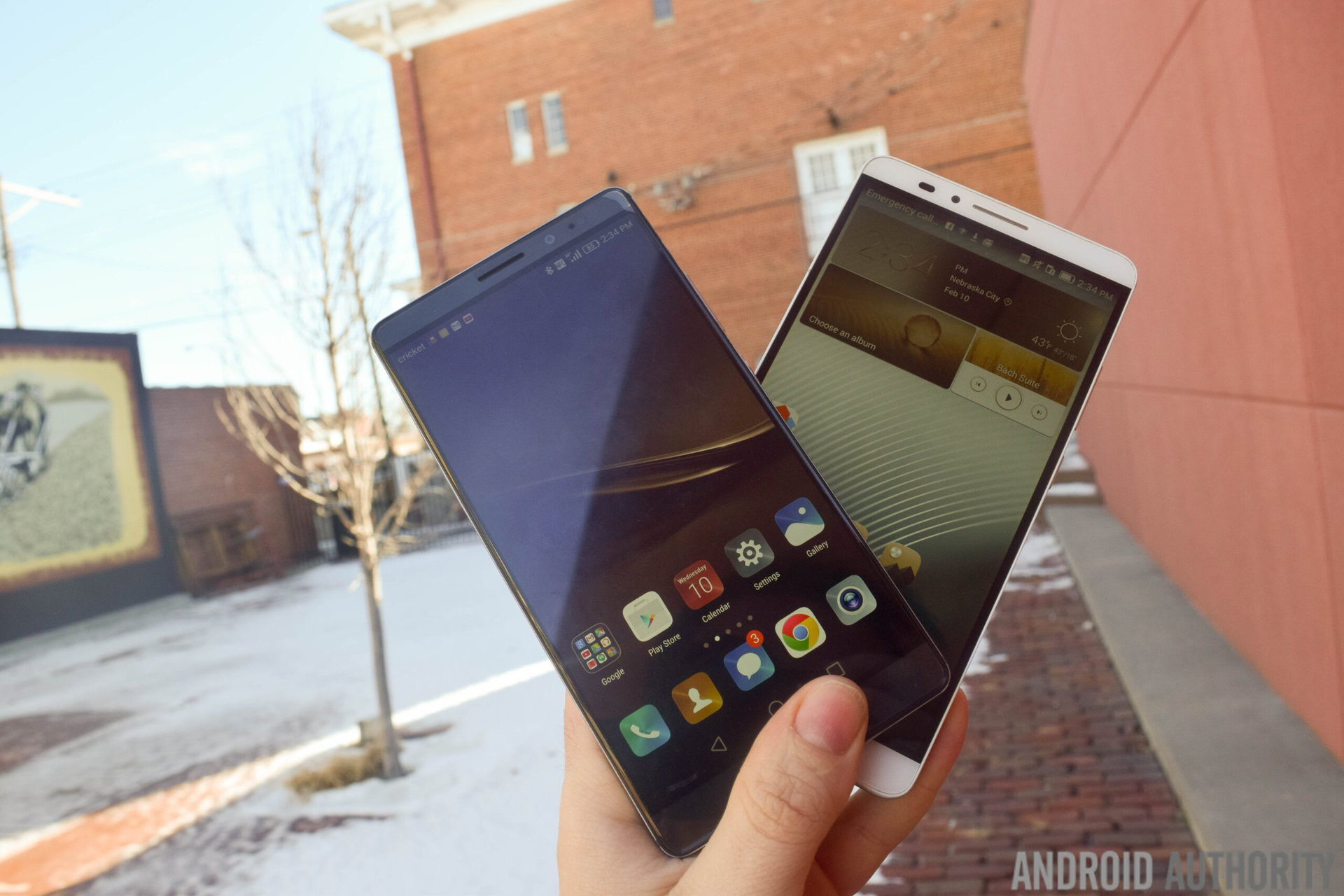
The Mate 7 was certainly a good performer that very much felt like a 2014 flagship, but it wasn’t without flaws. With the Mate 7, running in smart battery mode meant putting up with some minor sluggishness in the UI, and so running it in “full performance” mode was pretty much a requirement if you wanted the smoothest experience possible. Even then, things weren’t perfect, as some areas of the UI would occasionally lag. Bottom-line, the Mate 7 was a good device that performed admirably enough, but there were other high-end phones on the market at the time that provided a slightly better experience when it came to raw performance.
In contrast, the Mate 8 is an exceptional performer with few rivals.
The Mate 8 is every bit as fast as the Nexus 6P and other late-2015 flagships, if not faster. No matter what I do on the Mate 8, there’s virtually no lag, from media consumption to browsing, using the multi-tasking menu, all UI elements, gaming — nothing gets in the way. Oh, and that’s with the Mate 8 running on “smart mode”. There’s also a full performance mode that gives you even more oomph but is more taxing on the battery. Honestly, the performance is so good here that I have never felt the need to turn it on, outside of briefly testing it out.
What’s also really important to point out is that HUAWEI’s EMUI is a fairly resource intensive skin, whereas the Nexus 6P runs stock Android. The fact that the performance between these two devices is so close is just further testament to how good HUAWEI’s Kirin 950 processor is, or how much better software/hardware optimization is in the Mate 8 compared to the Mate 7. Honestly, it is probably a bit of both.
EMUI has come a long, long way
Yes, I recently gave some constructive criticism about the software experience and how it could better appeal to the western market. Yes, EMUI is probably the only major sore point for would-be buyers that aren’t into such a highly customized take on Android. That said, looking at EMUI 4.0 and comparing it to EMUI 3.0 (the version that first shipped with the Mate 7), it’s clear to see how far the out-of-box experience has come.
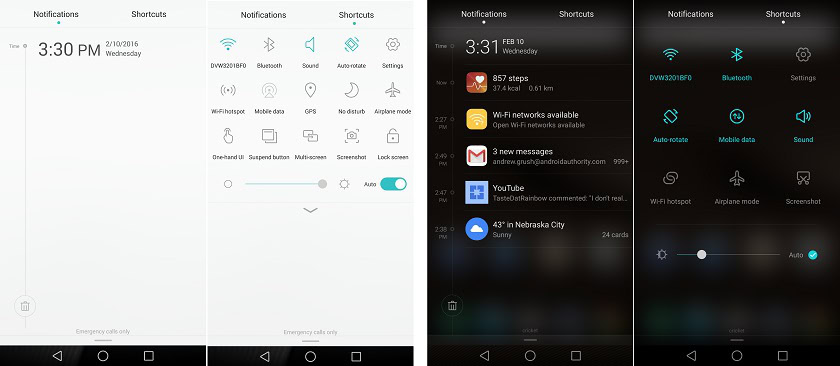
With the Mate 7, I was never a fan of the white backgrounds in the notifications shade. I also honestly disliked EMUI’s recent apps implementation, which stacked everything into a grid. Not only was the layout a bit odd to me, it also was the only major area of the UI that lagged. With the Mate 8 and the Marshmallow-based EMUI 4.0, both of these issues are resolved.
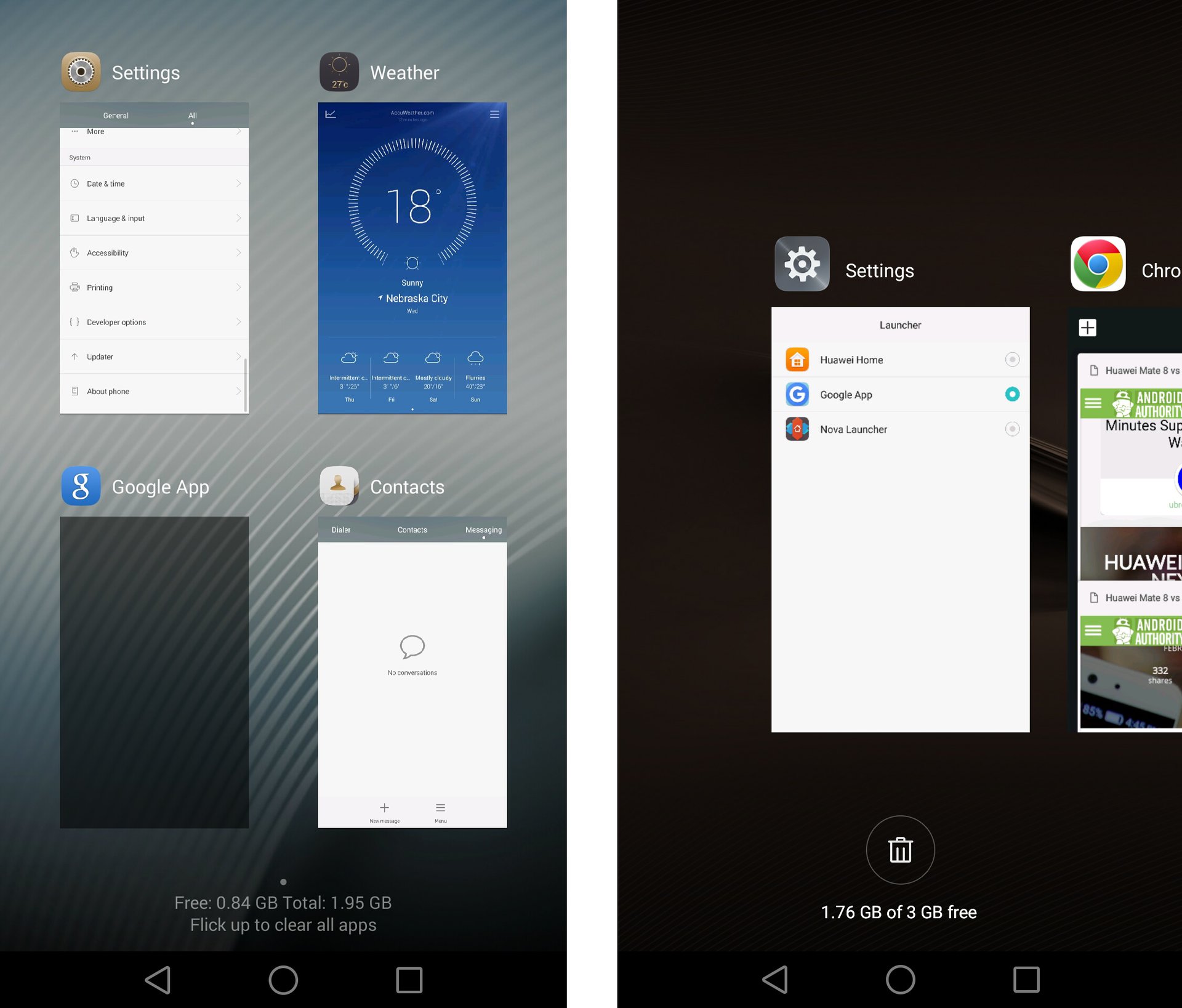
Throughout the whole experience you’ll find that things just perform faster, and while the EMUI look is still one that takes getting used to, I have to admit it’s clear that HUAWEI has made some real progress here. Another area where HUAWEI has made huge strides in terms of software is upgrade frequency.
Quick charging + big battery = epic experience
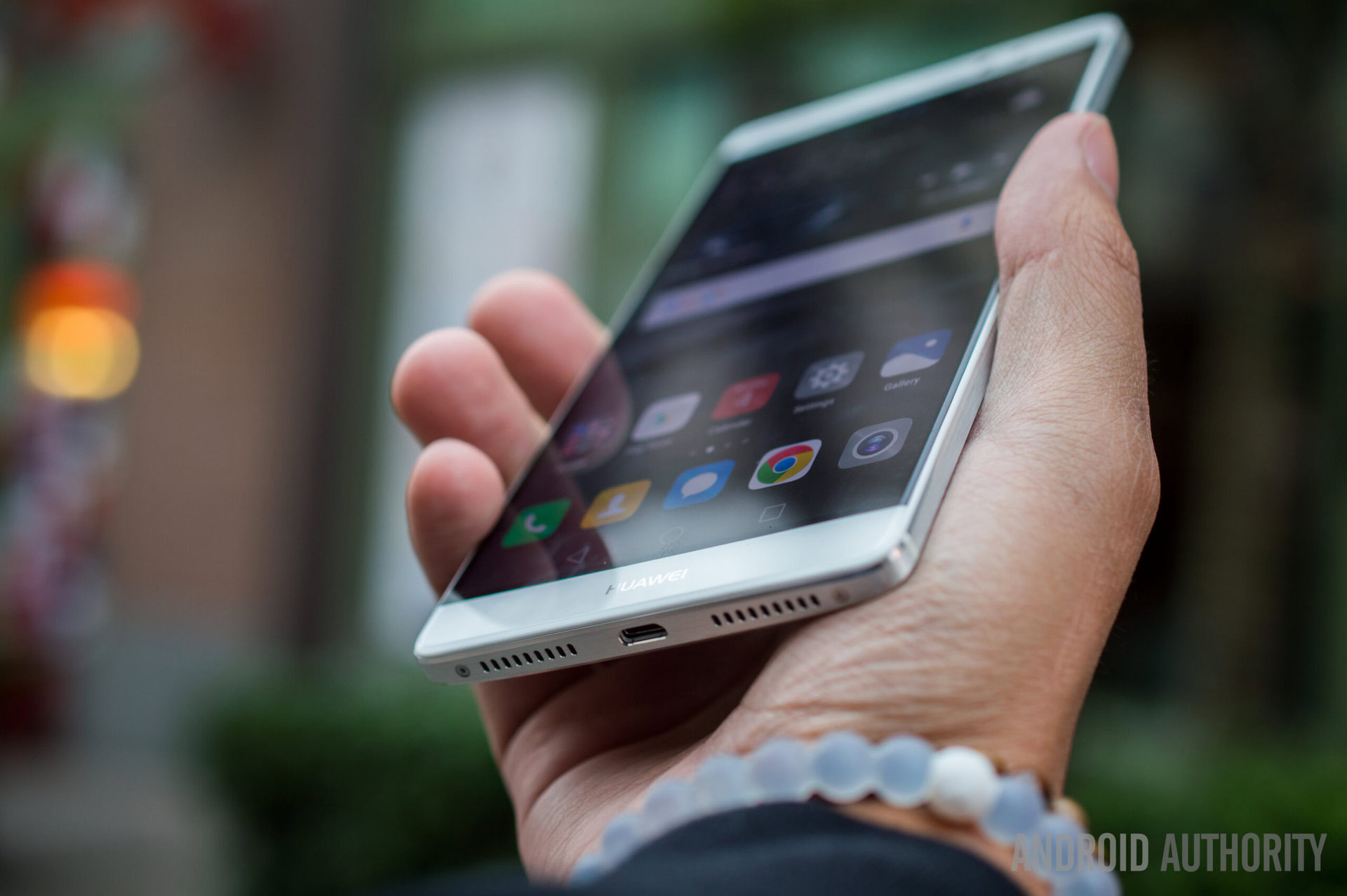
The Mate 7 had wonderful battery life, easily getting 2 days with moderate use, and probably closer to three days with light use. Despite a slightly smaller battery (4000 mAh, not 4100 mAh), you can expect the same kind of battery life with the Mate 8. That said, the addition of quick charging here is a game changer. With the Mate 7, I found that if I let my phone get close to bone dry, charging was a long and tedious affair. With the Mate 8, I no longer charge my phone overnight — ever.
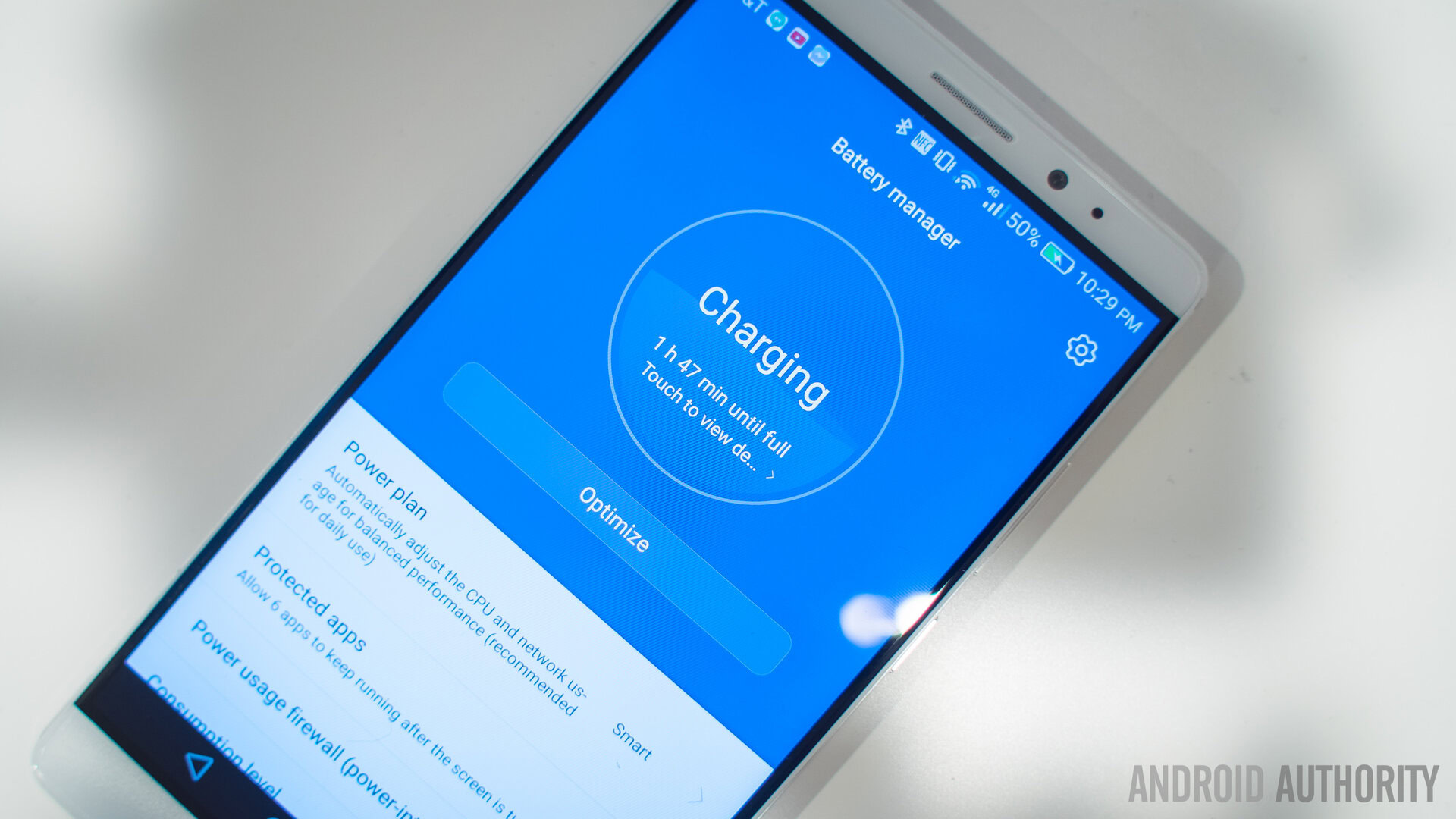
In fact, if you could spare just 30 minutes a day to charge your phone, you’d likely never run out of juice. Yes, the quick charger is that good. From completely empty, it obviously still takes a bit, but the point is that with a little bit of planning, you’ll never run into the issue with battery life. There’s something about not having to plug my phone in at night that feels liberating. Yes, I’m a nerd.
Update frequency
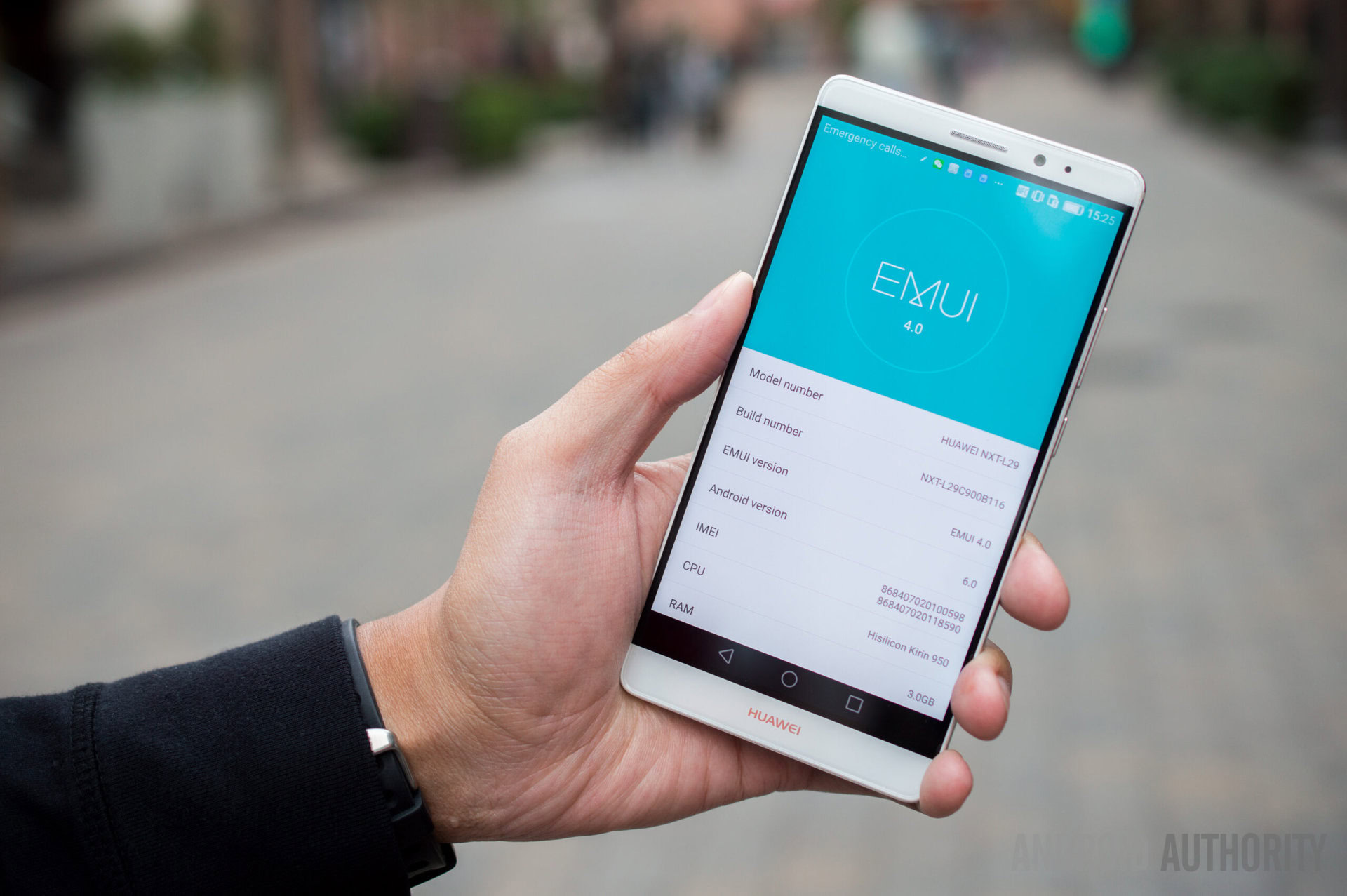
During the entire six months that I used the HUAWEI Mate 7, I had a total of zero updates grace the device. This meant that, in an age where Lollipop had fully taken root, I was stuck using a version of EMUI that was based on Android 4.4 KitKat. While HUAWEI promised the phone would eventually see Lollipop, it only recently started rolling out in mass to global Mate 7 owners, with my colleague Bogdan Petrovan (based out of Europe) noting that he received an update for his Mate 7 about a month or so ago now. That means it basically took HUAWEI an entire year to roll out the Lollipop-based EMUI 3.1.
Bottom-line, when it comes to timely updates, HUAWEI has a poor track record. The good news is that HUAWEI seems to finally understand the importance of more frequent updates on flagship devices.
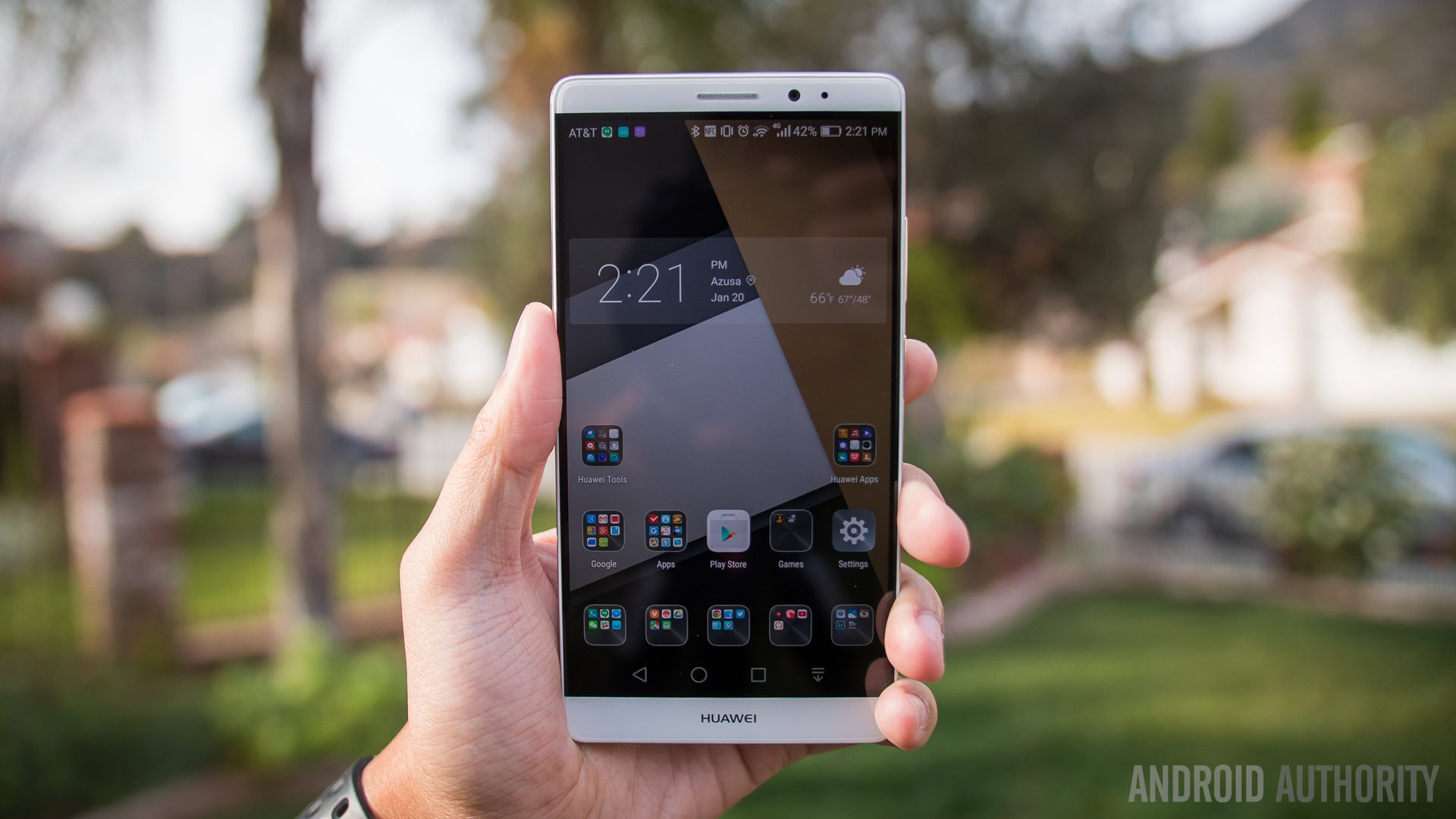
The HUAWEI Mate 8 runs EMUI 4.0 out of the box, which is built on top of Android 6.0 Marshmallow, the latest version of Android. So that’s one point in its favor. A second, even bigger, sign that HUAWEI is finally getting onboard the update train is the fact that in the time I’ve been using this phone (about two to three weeks), it has received two updates. That’s two more updates than I ever received with the Mate 7 during the entire time I used it as my primary device.
The first update added a new health app and some tweaks the camera. The second had to do with general performance and optimizing how well 3rd party apps run. Sure, none of these updates brought massive changes or amazing new features, but they show a commitment to improving the Mate 8 throughout its life, and not just saying “okay, we got you to buy it, our business here is over”.
When Android 7.0 (or whatever the next major update is) arrives will HUAWEI finally give us a swift upgrade? While no one knows the answer to this just yet, I can rest assured by the fact that by the time that happens, I’ll at least have had a more pleasant, frequent update experience than I ever had with its predecessor.
Should you upgrade?
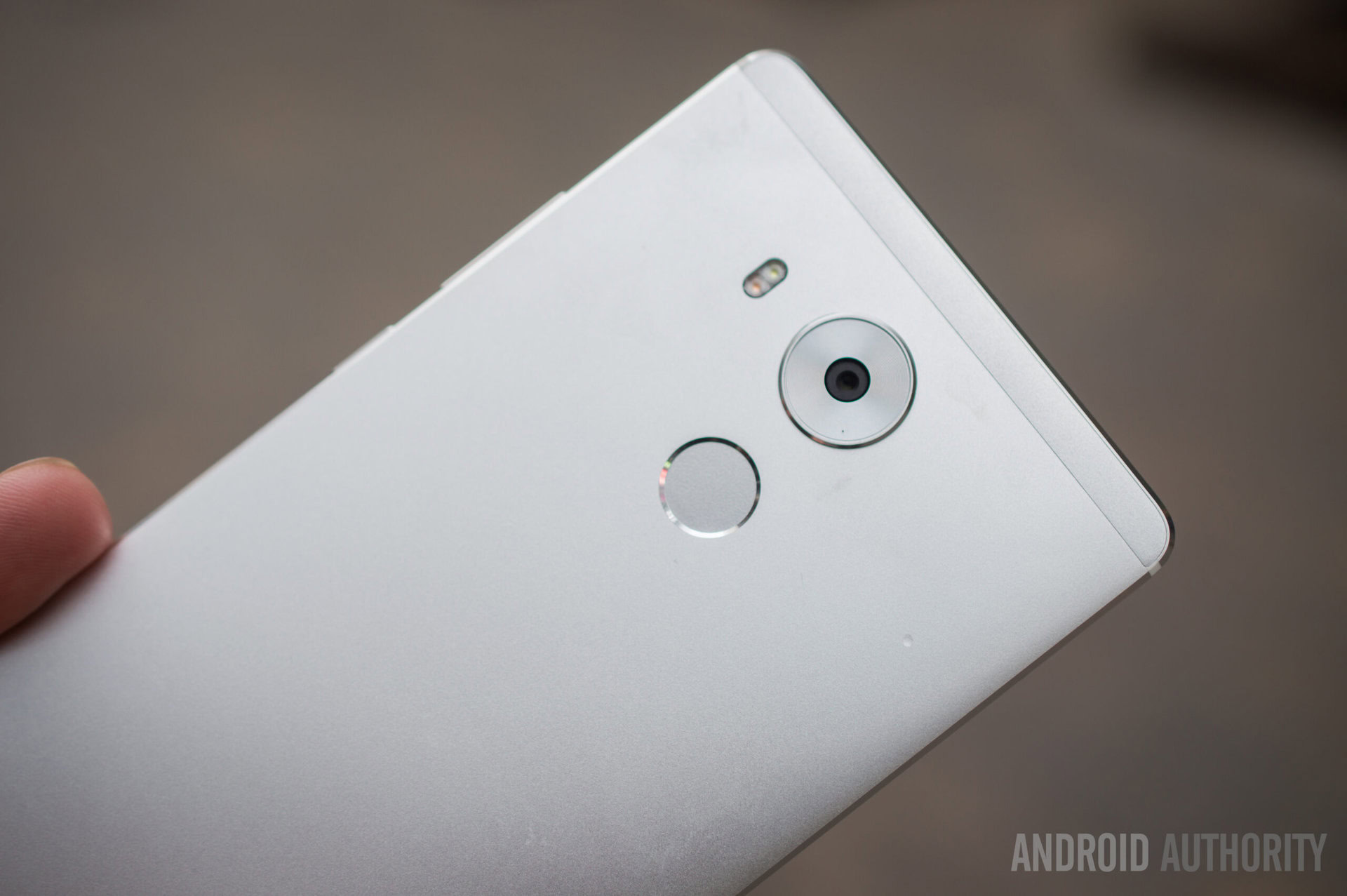
There you have it, those are some of the biggest differences between the Mate 8 and its predecessor. Ultimately, despite many improvements in performance and a more modernized design, the Mate 8 feels very familiar, but that’s not a bad thing. Though not perfect, the Mate 7 was a wonderful phone and was really my first introduction to what HUAWEI was all about. Those who know me well can attest to the fact that I really enjoyed the Mate 7, so saying that the Mate 8 is a massive leap forward is truly a compliment.
With the Mate 8, HUAWEI proves that it isn't holding still, and that its craft is only going to get better.
With the Mate 8, HUAWEI proves that it isn’t holding still, and that its craft is only going to get better. For me, I hope that means an eventual overhaul of the software experience, the really only weak point for HUAWEI. Even if it doesn’t make any dramatic changes in the near future, I’m pretty confident things are only going to get better as the company further pushes into the western markets. But for those that were enticed by the Mate 7 and purchased one, is this worthy of your upgrading dollars? Great question.
To be frank, if you are happy with the Mate 7 now, I’d wait for whatever is next from HUAWEI. That said, if you liked the Mate 7 but wish it had better performance, better updates, and an improved software experience, you’ll find that the Mate 8 is an exceptional choice that easily holds its own against any other flagship on the market. As for those that just can’t get past HUAWEI’s software? The HUAWEI Nexus 6P has many of the same pros — solid battery life (though not as good as the Mate 8), a premium aesthetic, blazing fast performance, but has a stock Android experience that might appeal better to those in the west.
What do you think? Anyone make the switch from the Mate 7 to the Mate 8, if so, what was it that compelled you to upgrade?
- Next: Nexus 6P review